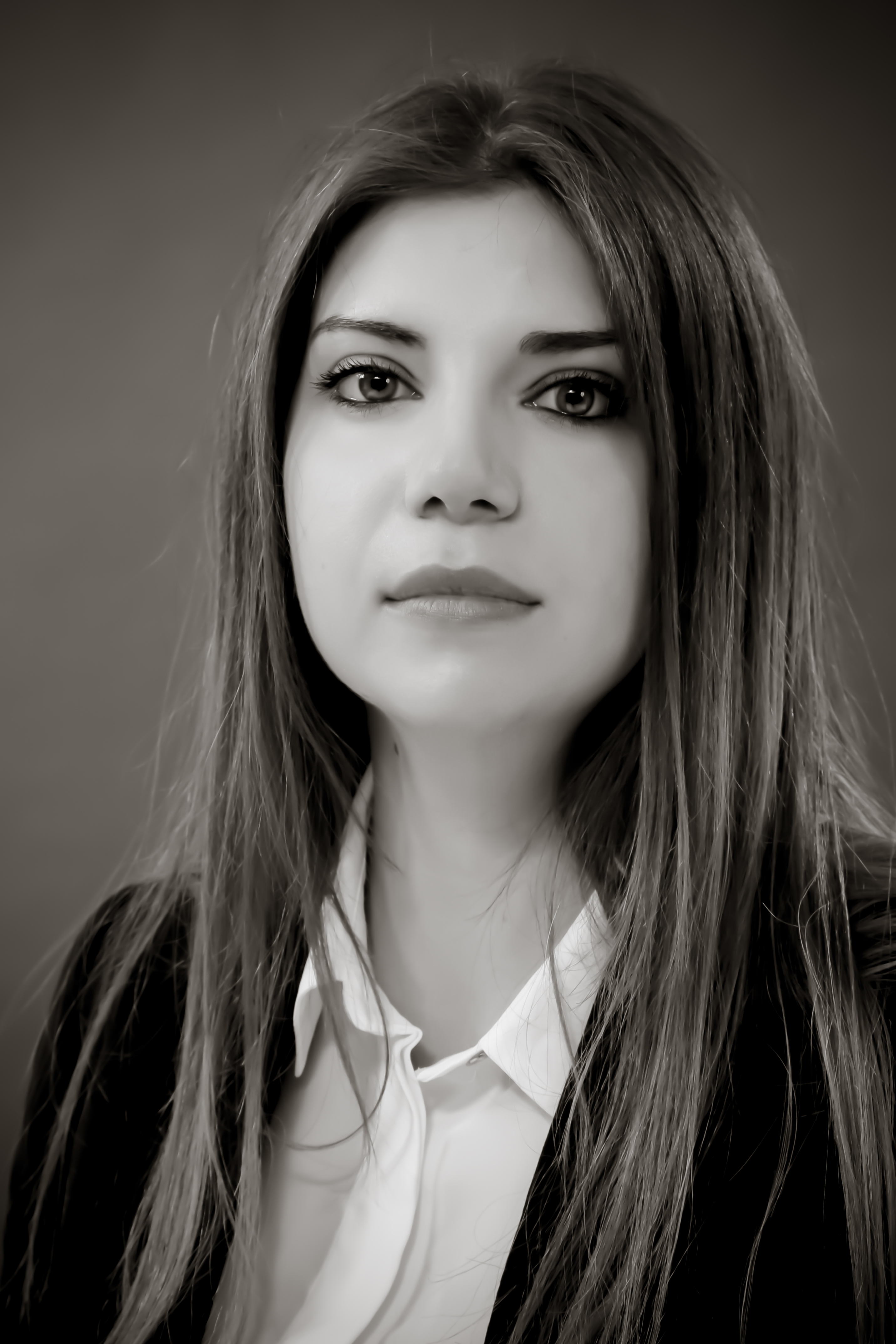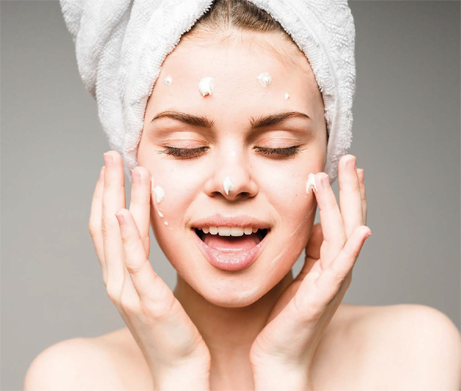Dr Valeria Romano
How to avoid the dreaded «crocodile skin» after the summer. When you get back from holiday, your skin is often dry, dull and marked. Sunshine, seawater (or chlorinated water) and high temperatures weaken the skin, even if you apply cream.
Repair your skin: treatments that can be performed on tanned skin.
Rehydrating the skin is the cornerstone of any treatment. We hydrate the superficial layers with injections, performed using a special gun. A cocktail of vitamins and minerals is injected into the epidermis and the superficial layers of the dermis. The advantage of this treatment is that we can treat all areas of the body. The blend is injected and left on the skin for 12 to 24 hours. We suggest having 4 to 6 sessions, spaced 3 weeks apart.
Deep hydration is achieved with skinbooster-type hyaluronic acid injections, which restore the dermal thickness to make the skin denser and intensely hydrated. This type of injection is (usually) performed only into the face, neck, décolletage and hands, or localised areas of the body, such as the knees and elbows. One to three sessions are required, depending on the condition of the skin.
The body can also benefit from radiofrequency treatments.
The theory behind this technique is that it heats up the dermis and subcutaneous tissue by passing a current over the skin. The skin is rapidly densified, toned and softened.
Treatments to have once your tan has faded
The skin reacts to the summer aggressions by thickening. Gentle exfoliation by way of a peel is the best solution, once your tan has faded. I recommend a 15% TCA peel for the body and fruit-acid peels for the face, décolletage and hands.
This gentle exfoliation renews the skin and gets rid of the superficial layer of skin that can become damaged over the summer.
Some patients would rather have laser treatments than skin-boosters to densify their skin. We can use two different types of laser for this indication: non-ablative lasers (Nd-Yag) or abla- tive lasers (CO2 and Erbium).
Nd-Yag lasers heat up the skin, stimulating the fibroblasts (skin cells) to make the dermis thicker. The advantage is that no downtime is required and it gives a real boost of radiance.
Ablative lasers – I prefer erbium – require a longer amount of downtime, around a week. The advantage is that they give a similar densifying effect as medium and deep peels.
Sun-related pigmentation can be treated using lasers, in one to three sessions.
 Former Paris Hospitals resident doctor. Degrees in anti-aging and morphological medicine, medical lasers, surgical dermatology, mesotherapy, the treatment of hair loss, and the evaluation of injection and filler techniques, in dermatology and plastic surgery. Member of the French Aesthetic Medicine Society (SFME), the Francophone Society for Medical Lasers (SFLM), the Advanced Society of Aesthetic and Plastic Medicine and Surgery (SAMCEP), the French Mesotherapy Society (SFM), the European LED Academy, and the World Society of Interdisciplinary Anti-Aging Medicine.
Former Paris Hospitals resident doctor. Degrees in anti-aging and morphological medicine, medical lasers, surgical dermatology, mesotherapy, the treatment of hair loss, and the evaluation of injection and filler techniques, in dermatology and plastic surgery. Member of the French Aesthetic Medicine Society (SFME), the Francophone Society for Medical Lasers (SFLM), the Advanced Society of Aesthetic and Plastic Medicine and Surgery (SAMCEP), the French Mesotherapy Society (SFM), the European LED Academy, and the World Society of Interdisciplinary Anti-Aging Medicine.












